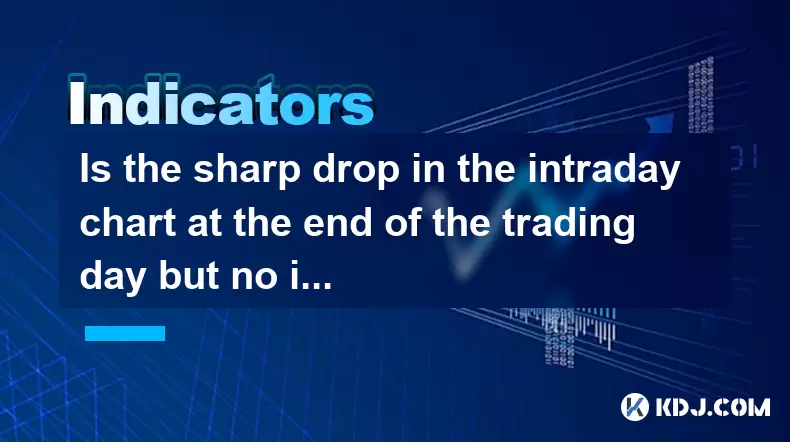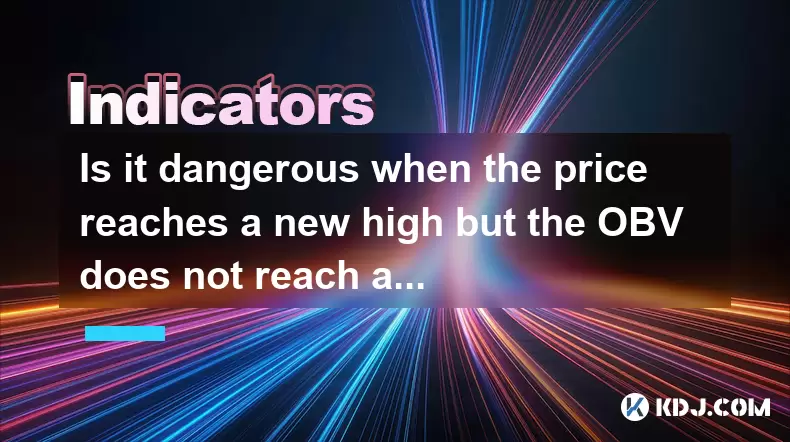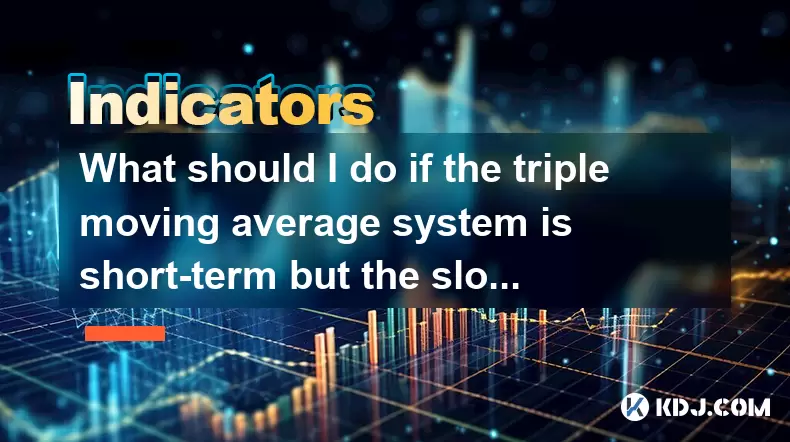-
 Bitcoin
Bitcoin $106,754.6083
1.33% -
 Ethereum
Ethereum $2,625.8249
3.80% -
 Tether USDt
Tether USDt $1.0001
-0.03% -
 XRP
XRP $2.1891
1.67% -
 BNB
BNB $654.5220
0.66% -
 Solana
Solana $156.9428
7.28% -
 USDC
USDC $0.9998
0.00% -
 Dogecoin
Dogecoin $0.1780
1.14% -
 TRON
TRON $0.2706
-0.16% -
 Cardano
Cardano $0.6470
2.77% -
 Hyperliquid
Hyperliquid $44.6467
10.24% -
 Sui
Sui $3.1128
3.86% -
 Bitcoin Cash
Bitcoin Cash $455.7646
3.00% -
 Chainlink
Chainlink $13.6858
4.08% -
 UNUS SED LEO
UNUS SED LEO $9.2682
0.21% -
 Avalanche
Avalanche $19.7433
3.79% -
 Stellar
Stellar $0.2616
1.64% -
 Toncoin
Toncoin $3.0222
2.19% -
 Shiba Inu
Shiba Inu $0.0...01220
1.49% -
 Hedera
Hedera $0.1580
2.75% -
 Litecoin
Litecoin $87.4964
2.29% -
 Polkadot
Polkadot $3.8958
3.05% -
 Ethena USDe
Ethena USDe $1.0000
-0.04% -
 Monero
Monero $317.2263
0.26% -
 Bitget Token
Bitget Token $4.5985
1.68% -
 Dai
Dai $0.9999
0.00% -
 Pepe
Pepe $0.0...01140
2.44% -
 Uniswap
Uniswap $7.6065
5.29% -
 Pi
Pi $0.6042
-2.00% -
 Aave
Aave $289.6343
6.02%
Is the sharp drop in the intraday chart at the end of the trading day but no increase in volume a trap to sell?
A sharp price drop near the close with low volume may signal manipulation or liquidity shifts, not a true trend.
Jun 17, 2025 at 08:35 pm

Understanding the Intraday Chart Dynamics
In cryptocurrency trading, intraday charts are widely used by traders to analyze short-term price movements. These charts display price fluctuations within a single trading day and help traders make informed decisions based on real-time data. One common phenomenon observed is a sharp drop in price near the end of the trading session, yet without any corresponding increase in trading volume.
This situation raises questions among traders: Is this a genuine market correction or a trap designed to trigger panic selling? To understand this, we must first explore how price and volume interact in the crypto markets.
Price movement without significant volume often indicates a lack of consensus among market participants.
The Role of Volume in Price Action
Volume is a critical component of technical analysis. It reflects the number of assets traded over a specific period. Typically, a significant price move accompanied by high volume suggests strong conviction behind that move. However, when there’s a sharp price drop with minimal volume, it can signal something different.
Traders should consider whether the decline is due to algorithmic trading bots, manipulative practices, or simply profit-taking by large holders (whales). In such cases, low volume implies limited participation, which may suggest the move isn't driven by fundamental shifts or broad market sentiment.
Low volume during sharp price drops might indicate a temporary imbalance rather than a sustainable trend.
Possible Reasons Behind the Sharp Drop Without Volume
Several scenarios could explain a sudden price fall at the end of the trading day:
- Order book manipulation: Large players may place fake orders or execute wash trades to create artificial pressure.
- Stop-loss hunting: Markets sometimes experience rapid declines as automated stop-loss orders get triggered.
- Liquidity withdrawal: Market makers or institutional traders may withdraw liquidity before major events or news releases.
- End-of-day rebalancing: Some funds or portfolios adjust holdings at the close, temporarily affecting prices.
These factors don’t necessarily mean a bearish trend is forming. Instead, they reflect the fragility of order books and the influence of high-frequency trading in crypto markets.
Understanding these dynamics helps traders avoid emotional reactions to short-lived price moves.
How to Identify Whether It's a Trap to Sell
To determine if the drop is a trap, traders should look beyond just the chart and volume. Consider the following:
- Check for order book depth: A shallow bid wall may suggest a lack of buying interest, but also potentially a false breakdown.
- Review recent news or announcements: Any fundamental catalysts that justify the drop?
- Compare timeframes: Look at 4-hour or daily charts to see if this move aligns with broader trends.
- Monitor social sentiment: Sudden panic on forums or Twitter might precede mass selling, even if volume remains low.
If no significant event or shift in sentiment supports the drop, it may be a manipulation tactic aimed at triggering fear-based sell-offs.
A trap often relies on psychological triggers rather than actual market strength.
Strategies to Avoid Falling into the Trap
Avoiding premature selling requires discipline and strategy. Here are actionable steps traders can take:
- Set realistic stop-loss levels: Don’t place them too close to current price action, especially during low liquidity periods.
- Use volume filters: Only react to price changes that are backed by meaningful volume increases.
- Implement trailing stops: This allows profits to run while limiting downside risk.
- Avoid trading solely based on intraday volatility: Especially toward the end of the trading session when liquidity dries up.
- Utilize multiple indicators: Combine moving averages, RSI, and MACD to confirm trend validity.
By applying these techniques, traders can better distinguish between legitimate signals and potential traps.
Proper risk management is key to navigating volatile and potentially manipulated price actions.
Frequently Asked Questions
Q: What tools can I use to analyze volume and price discrepancies effectively?
A: Platforms like TradingView, Binance Analytics, and CoinMarketCap offer advanced charting tools. Features such as volume profile, on-balance volume (OBV), and order book visualization help identify discrepancies.
Q: Should I always ignore sharp drops with low volume?
A: Not necessarily. While many are traps, some drops may precede larger moves. Always cross-reference with other indicators and monitor for follow-through in subsequent sessions.
Q: How do I differentiate between manipulation and normal market behavior?
A: Normal market corrections usually involve increased volume and gradual price erosion. Manipulation often appears abrupt, lacks volume support, and reverses quickly once initial momentum fades.
Q: Can exchanges contribute to these types of price anomalies?
A: Yes. Exchanges with thin order books or low liquidity are more susceptible to erratic price swings. Choosing platforms with robust liquidity and transparent order books can reduce exposure.
Disclaimer:info@kdj.com
The information provided is not trading advice. kdj.com does not assume any responsibility for any investments made based on the information provided in this article. Cryptocurrencies are highly volatile and it is highly recommended that you invest with caution after thorough research!
If you believe that the content used on this website infringes your copyright, please contact us immediately (info@kdj.com) and we will delete it promptly.
- 2025-W Uncirculated American Gold Eagle and Dr. Vera Rubin Quarter Mark New Products
- 2025-06-13 06:25:13
- Ruvi AI (RVU) Leverages Blockchain and Artificial Intelligence to Disrupt Marketing, Entertainment, and Finance
- 2025-06-13 07:05:12
- H100 Group AB Raises 101 Million SEK (Approximately $10.6 Million) to Bolster Bitcoin Reserves
- 2025-06-13 06:25:13
- Galaxy Digital CEO Mike Novogratz Says Bitcoin Will Replace Gold and Go to $1,000,000
- 2025-06-13 06:45:13
- Trust Wallet Token (TWT) Price Drops 5.7% as RWA Integration Plans Ignite Excitement
- 2025-06-13 06:45:13
- Ethereum (ETH) Is in the Second Phase of a Three-Stage Market Cycle
- 2025-06-13 07:25:13
Related knowledge

How to interpret the low opening the next day after the long lower shadow hits the bottom?
Jun 18,2025 at 12:22am
Understanding the Long Lower Shadow Candlestick PatternIn technical analysis, a long lower shadow candlestick is often seen as a potential reversal signal in a downtrend. This pattern occurs when the price opens, trades significantly lower during the session, but then recovers to close near the opening price or slightly above. The long wick at the botto...

How to operate the RSI indicator repeatedly in the 40-60 range?
Jun 18,2025 at 12:56am
Understanding the RSI Indicator and Its RelevanceThe Relative Strength Index (RSI) is a momentum oscillator widely used in cryptocurrency trading to measure the speed and change of price movements. Typically, the RSI ranges from 0 to 100, with levels above 70 considered overbought and below 30 considered oversold. However, when the RSI repeatedly stays ...

Why is the volume ratio suddenly enlarged three times but the price fluctuation is small?
Jun 18,2025 at 04:42am
Understanding the Relationship Between Trading Volume and Price MovementIn the world of cryptocurrency trading, volume is a crucial metric that reflects the number of assets traded within a specific time frame. It often serves as an indicator of market interest and liquidity. However, there are instances where trading volume surges dramatically—sometime...

How strong is the MACD golden cross below the zero axis?
Jun 17,2025 at 11:00pm
Understanding the MACD Indicator in Cryptocurrency TradingThe Moving Average Convergence Divergence (MACD) is one of the most widely used technical indicators among cryptocurrency traders. It helps identify potential trend reversals, momentum shifts, and entry or exit points. The MACD consists of three main components: the MACD line, the signal line, an...

Is it dangerous when the price reaches a new high but the OBV does not reach a new high?
Jun 18,2025 at 06:14am
Understanding On-Balance Volume (OBV) in Cryptocurrency TradingIn the world of cryptocurrency trading, technical indicators play a crucial role in analyzing market behavior and predicting future price movements. One such widely used indicator is the On-Balance Volume (OBV), which helps traders assess the strength of buying or selling pressure behind pri...

What should I do if the triple moving average system is short-term but the slope slows down?
Jun 18,2025 at 04:35am
Understanding the Triple Moving Average SystemThe triple moving average system is a popular technical analysis tool used in cryptocurrency trading. It involves using three different moving averages—typically the short-term (e.g., 10-period), medium-term (e.g., 20-period), and long-term (e.g., 50-period) moving averages. When the short-term average cross...

How to interpret the low opening the next day after the long lower shadow hits the bottom?
Jun 18,2025 at 12:22am
Understanding the Long Lower Shadow Candlestick PatternIn technical analysis, a long lower shadow candlestick is often seen as a potential reversal signal in a downtrend. This pattern occurs when the price opens, trades significantly lower during the session, but then recovers to close near the opening price or slightly above. The long wick at the botto...

How to operate the RSI indicator repeatedly in the 40-60 range?
Jun 18,2025 at 12:56am
Understanding the RSI Indicator and Its RelevanceThe Relative Strength Index (RSI) is a momentum oscillator widely used in cryptocurrency trading to measure the speed and change of price movements. Typically, the RSI ranges from 0 to 100, with levels above 70 considered overbought and below 30 considered oversold. However, when the RSI repeatedly stays ...

Why is the volume ratio suddenly enlarged three times but the price fluctuation is small?
Jun 18,2025 at 04:42am
Understanding the Relationship Between Trading Volume and Price MovementIn the world of cryptocurrency trading, volume is a crucial metric that reflects the number of assets traded within a specific time frame. It often serves as an indicator of market interest and liquidity. However, there are instances where trading volume surges dramatically—sometime...

How strong is the MACD golden cross below the zero axis?
Jun 17,2025 at 11:00pm
Understanding the MACD Indicator in Cryptocurrency TradingThe Moving Average Convergence Divergence (MACD) is one of the most widely used technical indicators among cryptocurrency traders. It helps identify potential trend reversals, momentum shifts, and entry or exit points. The MACD consists of three main components: the MACD line, the signal line, an...

Is it dangerous when the price reaches a new high but the OBV does not reach a new high?
Jun 18,2025 at 06:14am
Understanding On-Balance Volume (OBV) in Cryptocurrency TradingIn the world of cryptocurrency trading, technical indicators play a crucial role in analyzing market behavior and predicting future price movements. One such widely used indicator is the On-Balance Volume (OBV), which helps traders assess the strength of buying or selling pressure behind pri...

What should I do if the triple moving average system is short-term but the slope slows down?
Jun 18,2025 at 04:35am
Understanding the Triple Moving Average SystemThe triple moving average system is a popular technical analysis tool used in cryptocurrency trading. It involves using three different moving averages—typically the short-term (e.g., 10-period), medium-term (e.g., 20-period), and long-term (e.g., 50-period) moving averages. When the short-term average cross...
See all articles

























































































